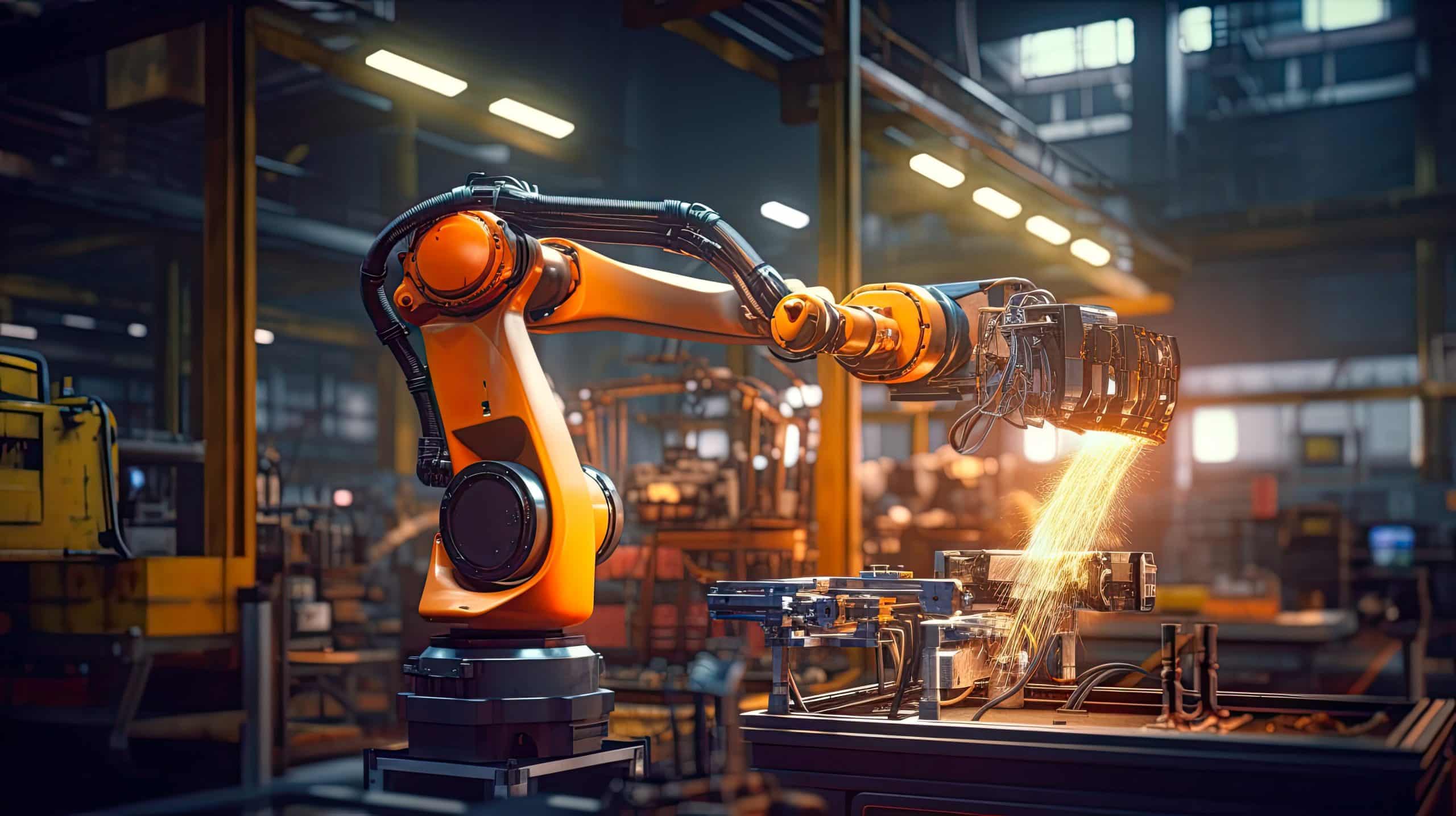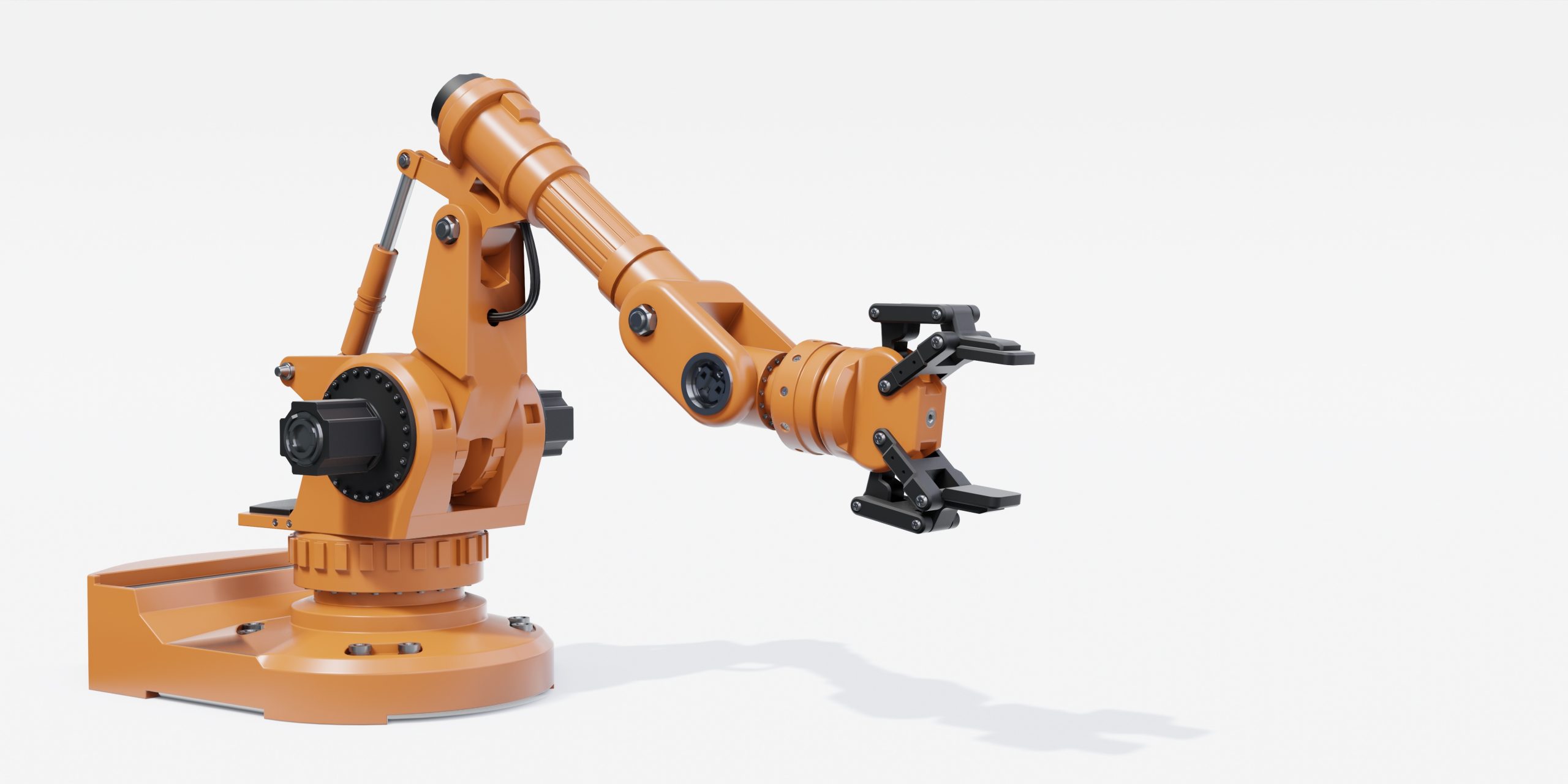Rotary joints have transformed manufacturing robotics by providing the precision and power required to perform intricate and demanding tasks.
Through their ability to smoothly facilitate rotational movements in robot arms, these joints have enabled unparalleled levels of accuracy and control.
This blog will explore the evolution, advantages, and future potential of rotary joints in the ever-evolving landscape of manufacturing robotics.
Rotary joints represent more than mere functional components; they are critical to the increased productivity and efficiency of manufacturing systems.
By allowing seamless, controlled movement, these joints minimise mechanical wear and maximise operational reliability, making them indispensable to modern robotics.
Evolution of Rotary Joints in Robotics
The development of rotary joints has progressed remarkably from basic mechanical designs to technologically advanced systems. In the early stages of robotics, joints were limited to simplistic mechanisms capable only of basic movements.
As robotics advanced and industrial applications became more demanding, rotary joints evolved to incorporate high-strength materials, advanced sealing techniques, and precision engineering.
Modern rotary joints now incorporate features like multiple-axis movement and high load-bearing capabilities, increasing their utility across diverse manufacturing applications.
Furthermore, the integration of sensors and data analytics into joint mechanisms has enabled predictive maintenance, ensuring optimal performance and minimising downtime.
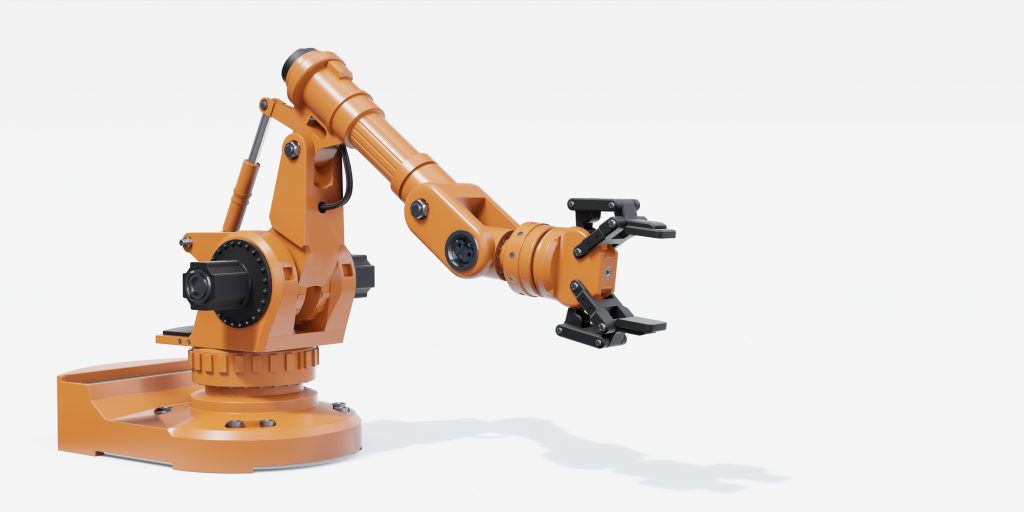
Precision Engineering: The Advantages
Precision engineering has allowed rotary joints to achieve unparalleled accuracy in manufacturing robotics.
With exact positioning and controlled rotational movements, robots equipped with these joints excel at tasks requiring high precision, such as electronic assembly and automotive manufacturing.
By enabling superior control, rotary joints ensure consistent product quality and reduce material waste.
Moreover, precision-engineered rotary joints enhance operational efficiency. Their design allows for faster production speeds without sacrificing accuracy, crucial in industries where speed and precision are vital.
The reduced maintenance needs and high-reliability further boost productivity, directly impacting profitability.
Power and Efficiency Improvements
The latest generation of rotary joints has significantly improved power transmission and energy efficiency.
Advanced materials and engineering have increased their load-bearing capacity, allowing robots to handle heavier components and perform more demanding tasks without compromising speed or precision.
These efficiency gains directly contribute to reduced energy consumption and lower operating costs.
For example, optimised power transmission minimises the energy required to complete each movement, while improved design and material durability ensure consistent performance, reducing the need for repairs or replacements.
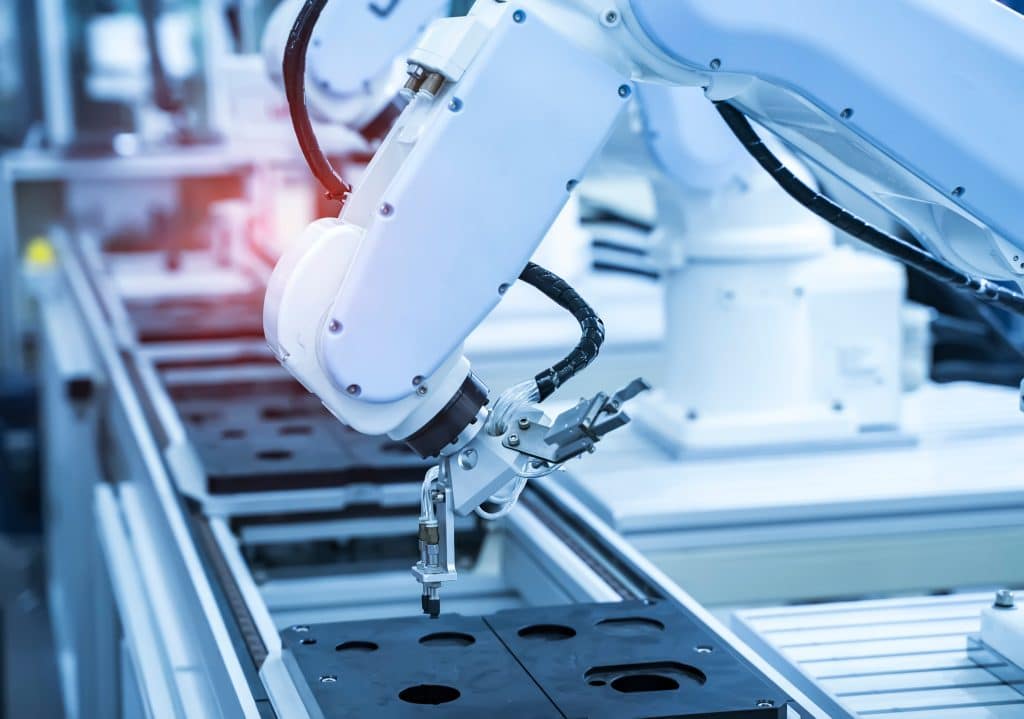
Specialised Rotary Joint Technologies
In specialised applications, rotary joints have adopted unique technologies to meet specific industry needs.
Multi-axis and twisting joints, for instance, offer advanced movement flexibility and rotational freedom, crucial for intricate welding, assembly, or painting tasks.
Their unique designs allow for greater mobility while maintaining rigidity and strength.
Specialised joints are increasingly becoming more customisable to meet the exacting requirements of specific industries.
Modular designs enable companies to select features that directly address their manufacturing challenges, providing tailored solutions that maximise the functionality of their robotic systems.
Applications in Manufacturing Robotics
In manufacturing robotics, rotary joints have become indispensable across several sectors. From automotive assembly lines to high-precision electronic production, these joints facilitate a range of tasks like welding, lifting, and transporting, which require both power and accuracy.
Their precision allows manufacturing robots to replace manual processes, increasing speed while reducing errors.
Additionally, rotary joints are being used in new applications like pharmaceutical manufacturing, where sanitation and safety are paramount.
These joints, with their sealed designs, prevent contamination while maintaining efficiency and precision in cleanroom environments.
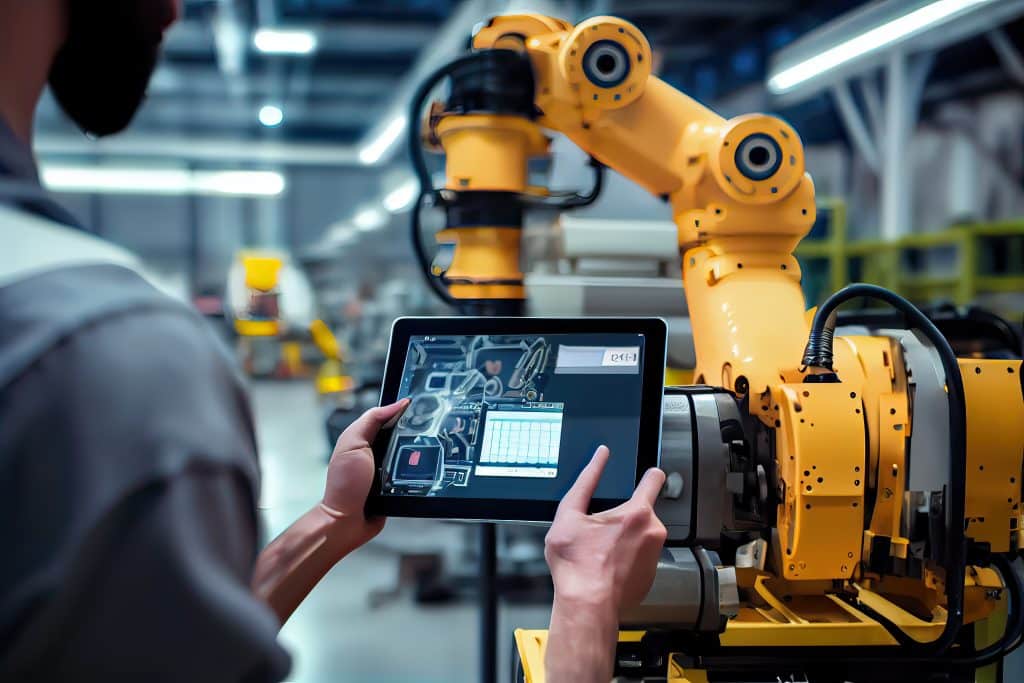
Future Trends and Developments
Looking to the future, the technology underpinning rotary joints is set for further evolution.
As smart manufacturing becomes more prominent, joints embedded with sensors will offer real-time monitoring, predictive maintenance, and self-calibration, reducing downtime and improving accuracy.
Such trends will make these components essential in increasingly automated production environments.
In addition, the integration of artificial intelligence could enable rotary joints to adapt their movements dynamically based on the task at hand. This adaptability would revolutionise manufacturing robotics, making production lines even more efficient and flexible.
Conclusion
Rotary joints have significantly improved the precision and power of manufacturing robotics, enabling robots to perform complex tasks with greater accuracy and efficiency.
These components have evolved from simple designs to sophisticated mechanisms, providing seamless movement across multiple axes while maintaining strength and durability.
Their continued development will undoubtedly influence the future of manufacturing robotics. As technology advances, the flexibility, intelligence, and reliability of rotary joints will enhance robotic performance, enabling industries to achieve new levels of productivity and innovation.


